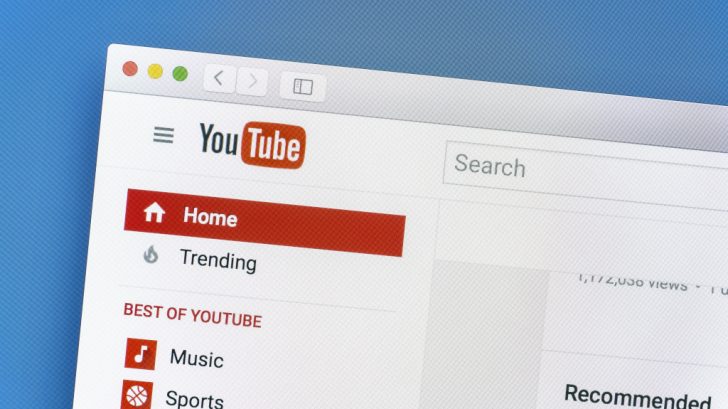Video marketing has become an increasingly important component of digital marketing strategies. In fact, most video marketers — 87% to be exact —have said that video positively impacts their ROI. You can use videos for various purposes, such as brand awareness, product promotion, and customer education. With the right strategy in place, videos can be a powerful tool for increasing conversions and reaching new audiences. Let’s take a closer look at each of these tips so you can create a compelling video campaign that will drive results.
1. Focus on Quality
When creating videos for your digital marketing efforts, it is important to focus on quality. The higher the video quality, the easier it will be for viewers to engage with and understand your message. Investing in good equipment, such as cameras and editing software, can help you create professional-looking videos that make an impact.
Another important factor to consider when creating video content is the story that you are telling. A well-crafted narrative can help viewers engage with your message and understand it more profoundly. It’s also worth considering how to ensure your videos’ visuals add to the overall message. For example, using appropriate backgrounds and locations can help viewers better understand your video’s context.
It’s also essential to think about how long your videos should be. Different types of content will require different lengths, and it’s essential to ensure that your videos are concise and clear to avoid losing viewers’ attention. However, it’s also essential to thoroughly explore the topic and not leave out any vital information.
2. Optimize for Search Engines
For your videos to reach their target audience, you must ensure they are correctly optimized for search engines such as Google and YouTube. This includes ensuring that titles and descriptions include relevant keywords related to the topic of the video. Additionally, adding tags (or categories) helps with discoverability when viewers type in queries related to those topics. Using annotations can also help direct viewers to other parts of your website or social media channels where they can find more information about your brand or products.
It is also vital to ensure the design of your video content is optimized for search engine results. This includes using an eye-catching thumbnail image and ensuring that any text in the video is set against a contrasting background, making it more readily visible when viewers scan through search results. Additionally, subtitles or captions can help boost visibility as they enable viewers to read along with the video content and increase accessibility for those who are hearing impaired.
3. Track Performance

The final step in leveraging video for digital marketing is tracking its performance. It’s important to monitor how viewers engage with the content and whether they complete any desired actions that lead to conversions. You should also track which videos are most successful so you can adjust future strategies accordingly. To aid in this process, you can use analytics tools like Google Analytics and Facebook
These tools allow you to measure various metrics such as view count, average watch time, engagement rate, etc. They also provide insights into audience demographics to better understand who is watching your videos. Additionally, most platforms have built-in reporting that helps you determine each video asset’s return on investment (ROI). This data can be used to refine your video strategy and develop more compelling content.
To ensure the success of your videos, it’s essential to set clear objectives and determine the metrics you want to track. You should also remember that videos take time to start gaining traction and driving conversions. It is, therefore, essential to experiment with various lengths, formats, and topics to increase engagement. You should also optimize content for different devices and platforms to ensure maximum reach.
Video analytics can help you understand your campaigns’ performance and uncover potential improvement opportunities. By tracking data such as views, engagements, and conversions, you can gain valuable insights into your viewers’ preferences which can help you create better content and optimize your video marketing strategy. Utilizing these tools will allow you to maximize the impact of your video campaigns, increase engagement and drive conversions.
4. Hire a Professional
Creating high-quality video content can be a difficult and time-consuming process. To ensure the best possible results, consider hiring services specializing in videography to help create content consistent with your brand message. This will also allow you to focus on other aspects of your digital marketing strategy while leaving the task of creating engaging videos in the hands of experts.
A talented production team can help you create customized videos to your needs and target audience. From concept development to scripting, shooting, editing, and post-production, they’ll provide comprehensive solutions that will bring your ideas to life. They will also be able to provide you with the necessary equipment and resources to create a high-quality video.
Furthermore, working with experienced professionals can save you time and money. They will have access to the best technology for creating professional videos at an affordable rate. Moreover, they will know how to navigate any legal issues with music and video clips.
In Summary
Video is an effective and engaging way to reach your target audience. When used correctly, it can help boost conversions and engagement and build brand awareness. However, creating quality videos requires time, skill, and resources. To maximize the success of your campaigns, following the tips listed above should help you effectively leverage video in your digital marketing strategy.






